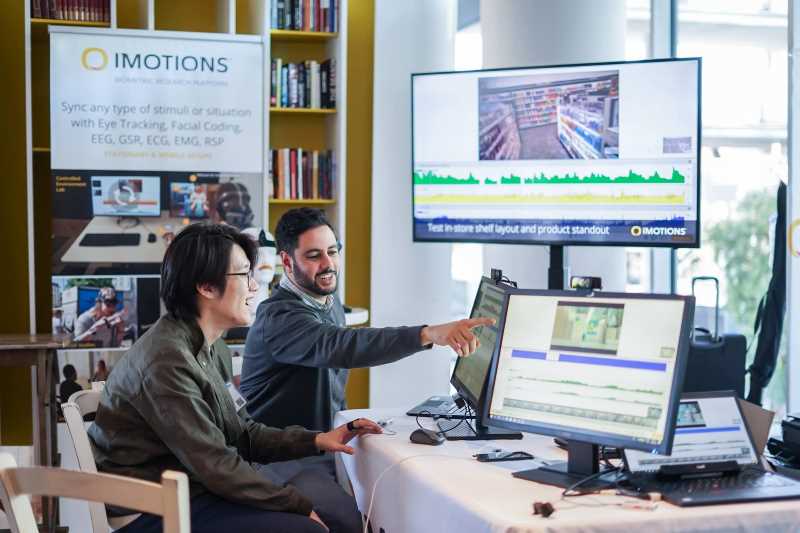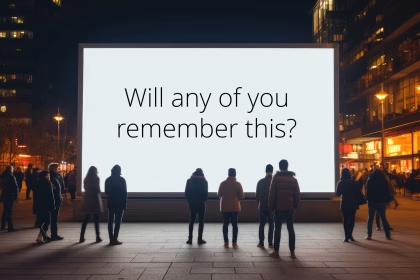Abstract: The impact of built environment on the human restorativeness has long been argued; however, the interrelations between neuroscience and the built environment, and the degree to which the built environment contributes to increased human restorativeness has not been completely understood yet. Understanding the interrelations between neuroscience and the built environment is critical as 90% of time in a typical day is spent indoors and architectural features impact the productivity, health and comfort of occupants. The goal of this study is to bring a structured understanding of architecture and neuroscience interactions in designed facilities and quantification of the impact of design on human experience. The authors first built two virtual environments (i.e., restorative and non-restorative) using the architectural designs features related to human restorativeness identified by previous research efforts. Next, user experiments were conducted in the two built virtual environments including 22 people. The subjects were asked to conduct navigational tasks while their bodily responses recorded by body area sensors (e.g., EEG, GSR, and Eye-tracking). The result showed that human responses in restorative and non-restorative environment had statistically significant difference. This study serves as the first step of understanding human responses in the virtual environment, and designing spaces that maximize human experience.







